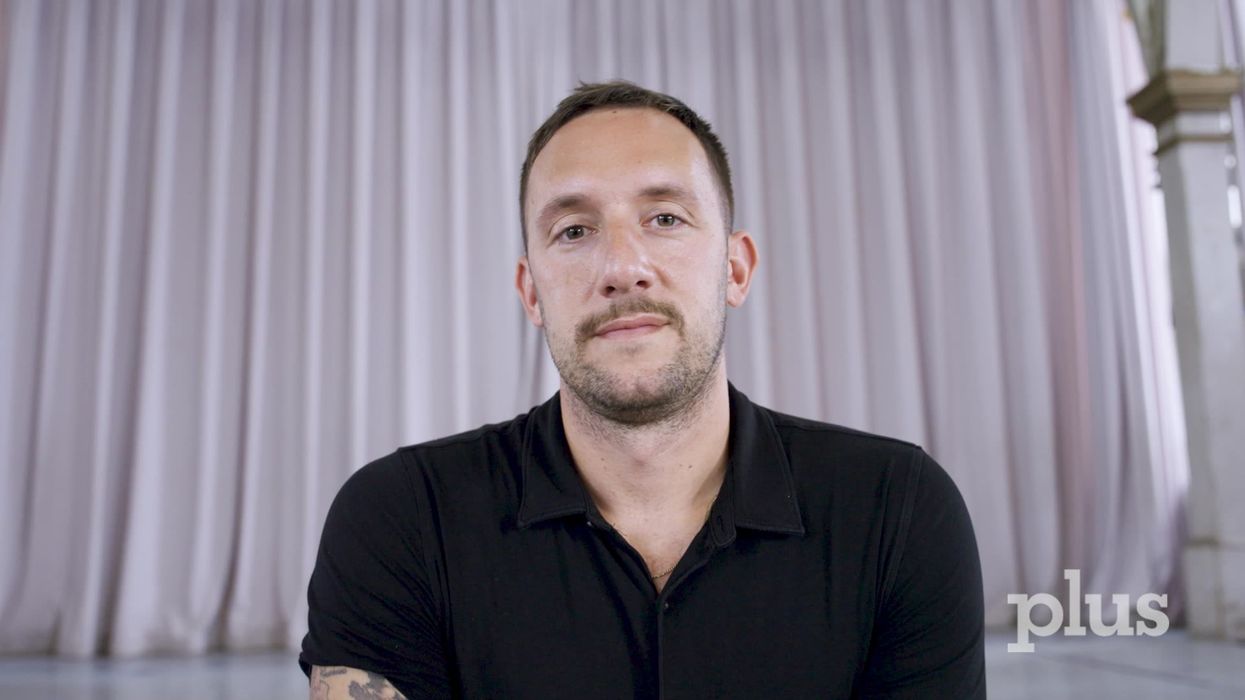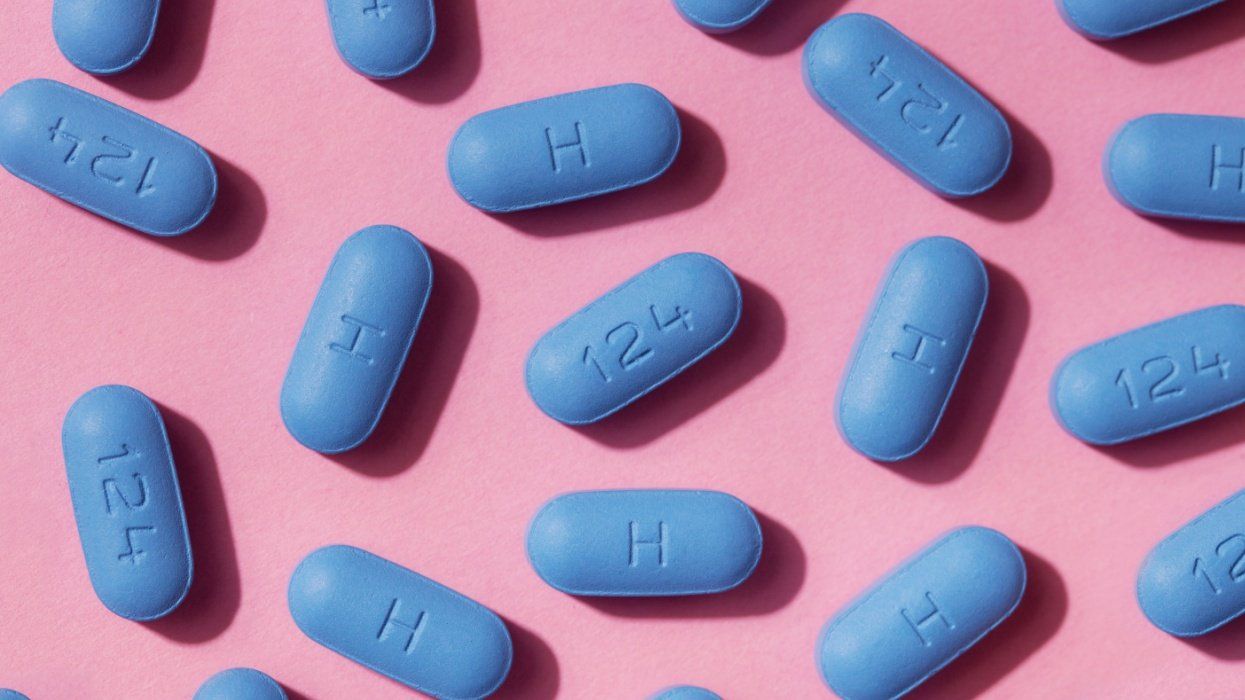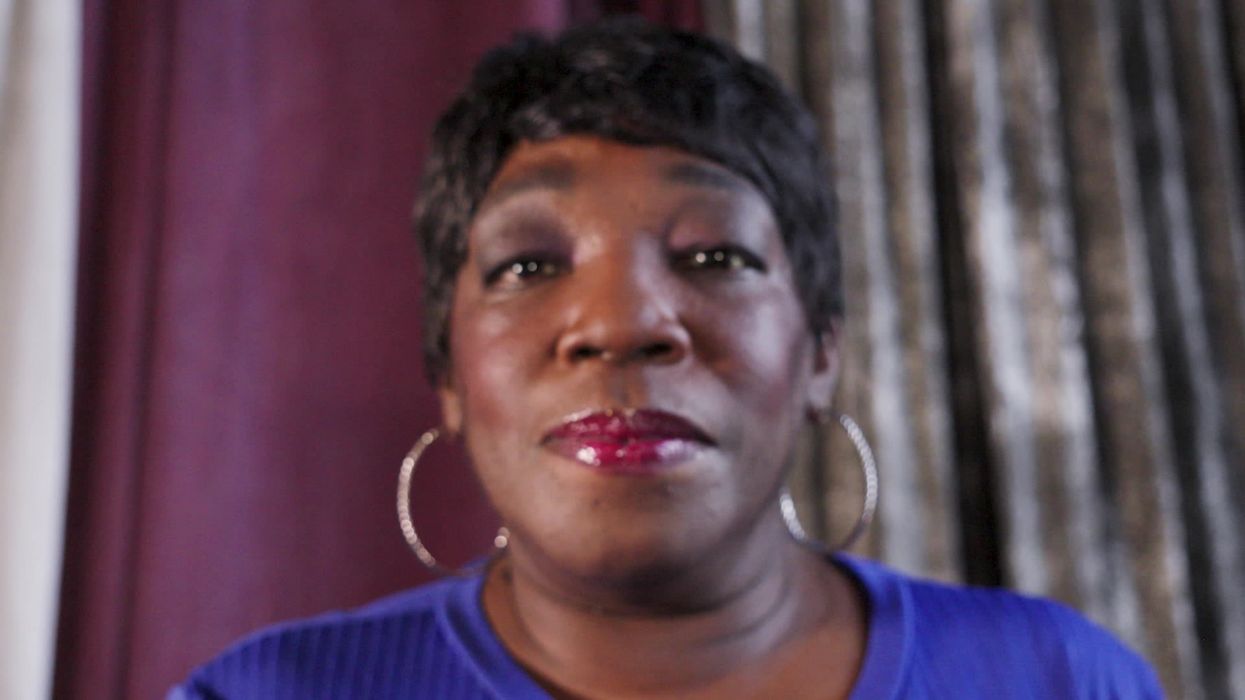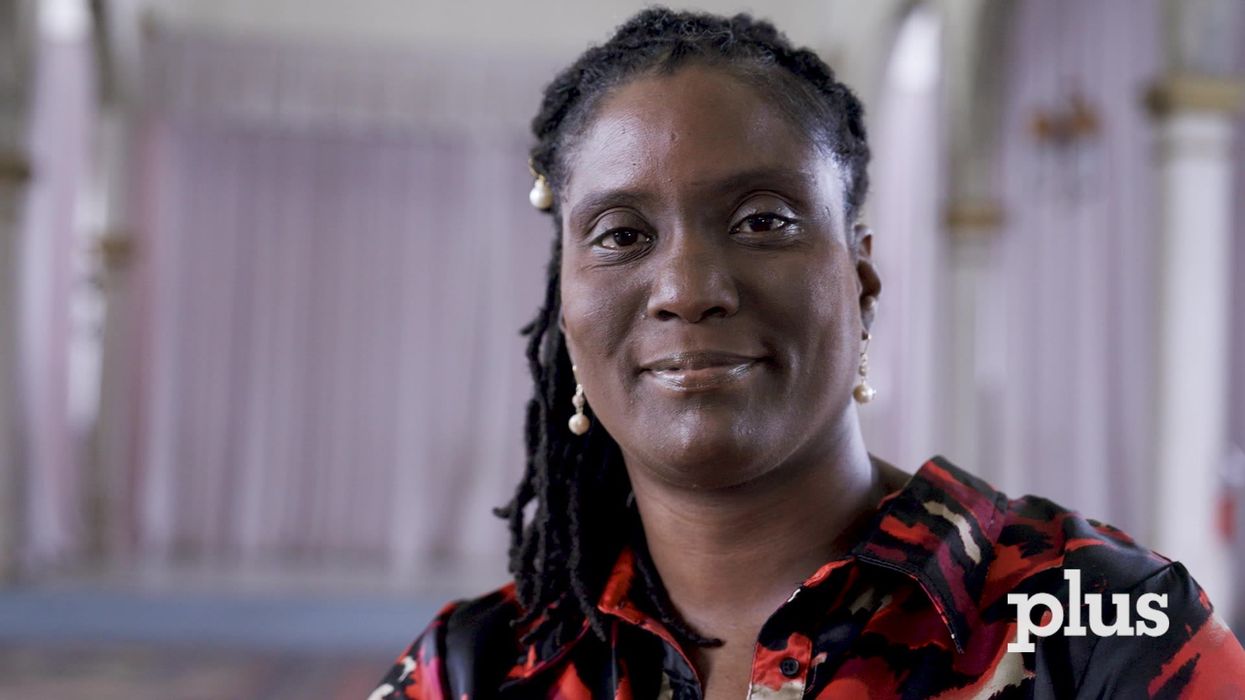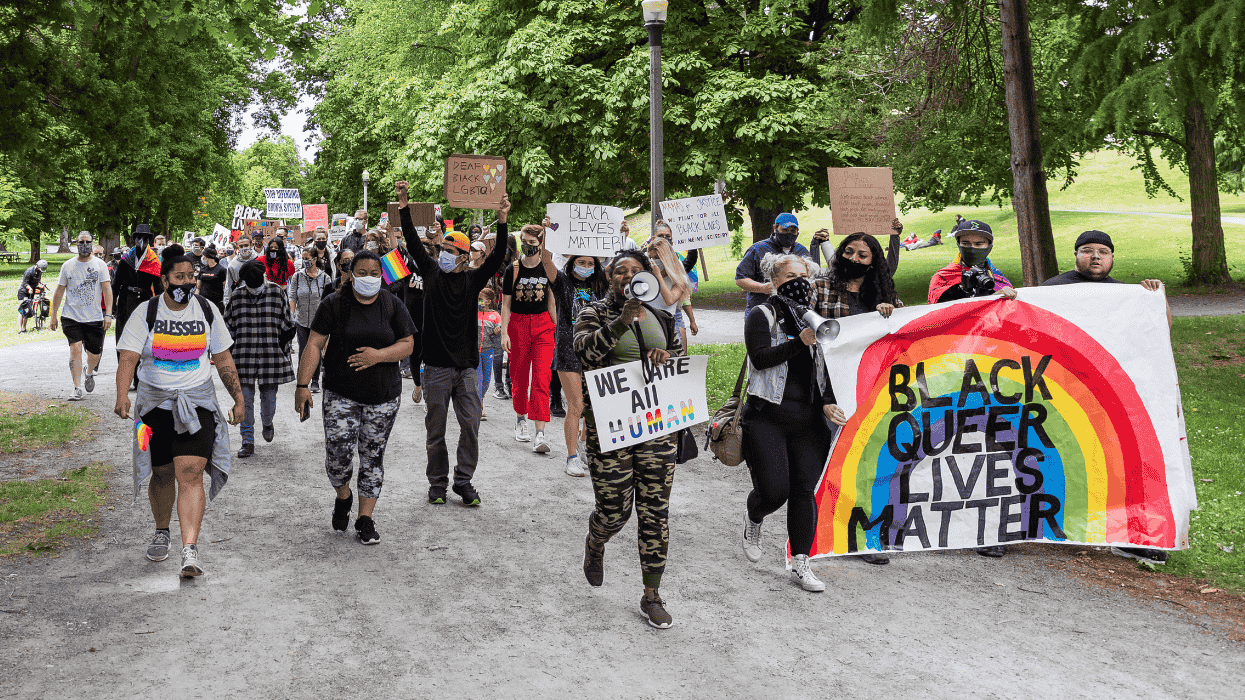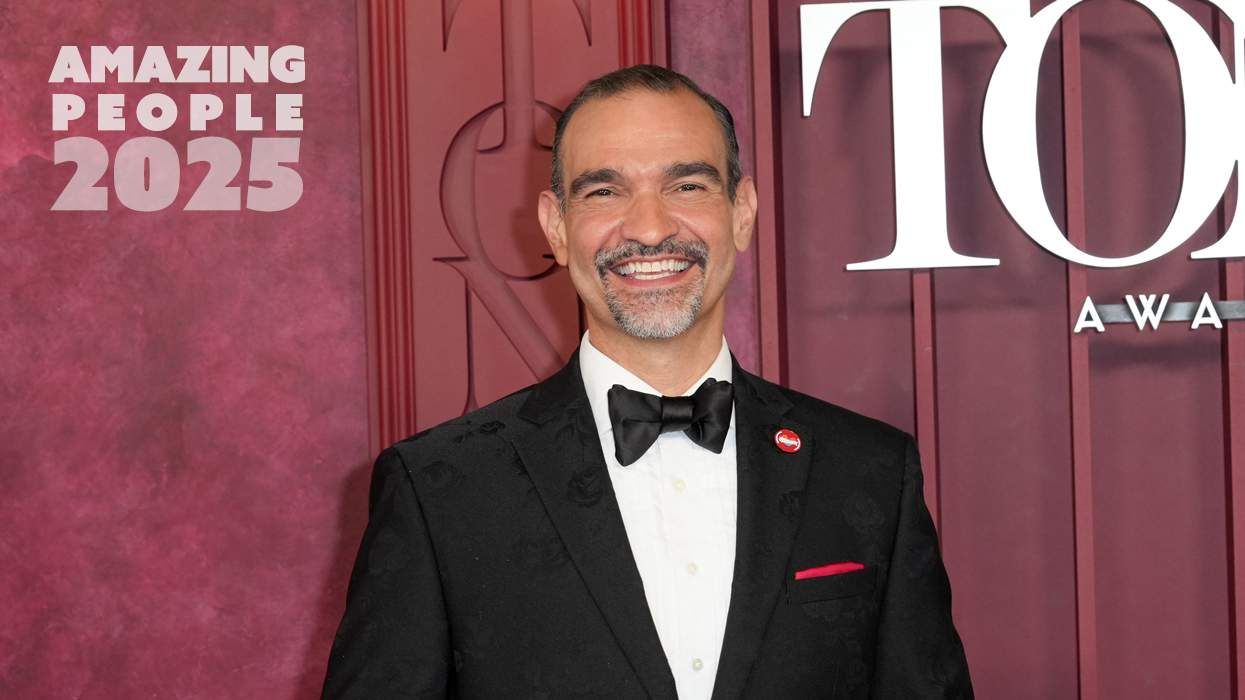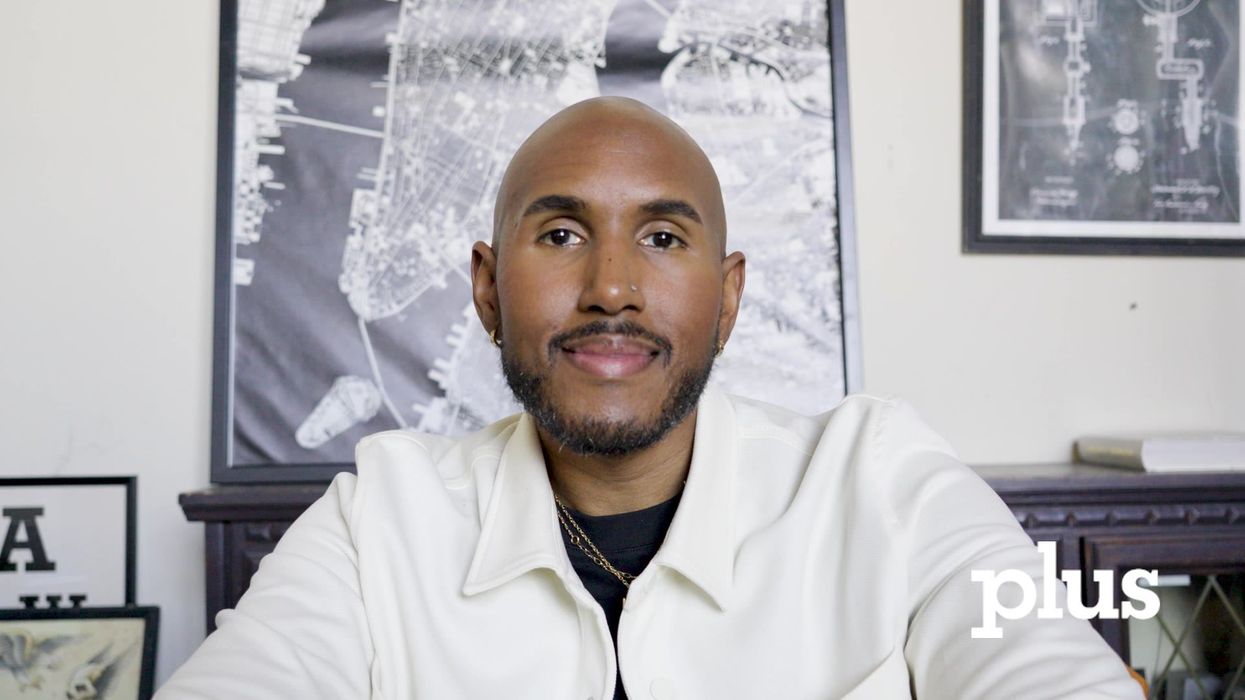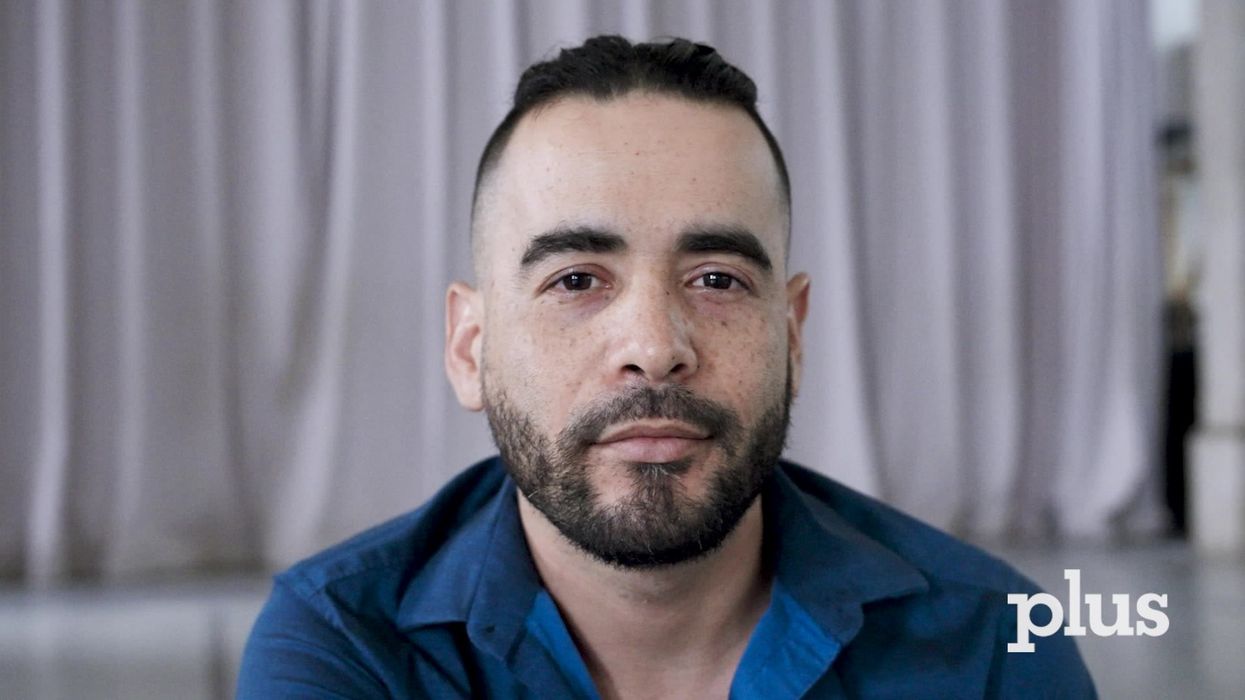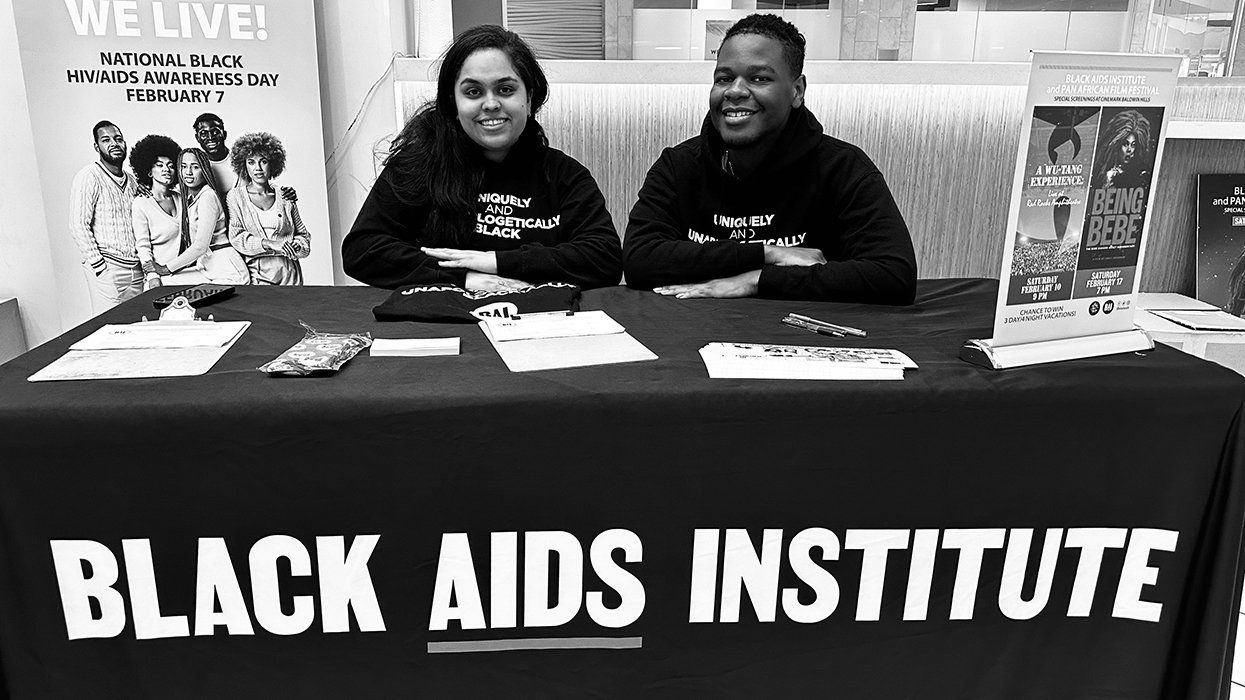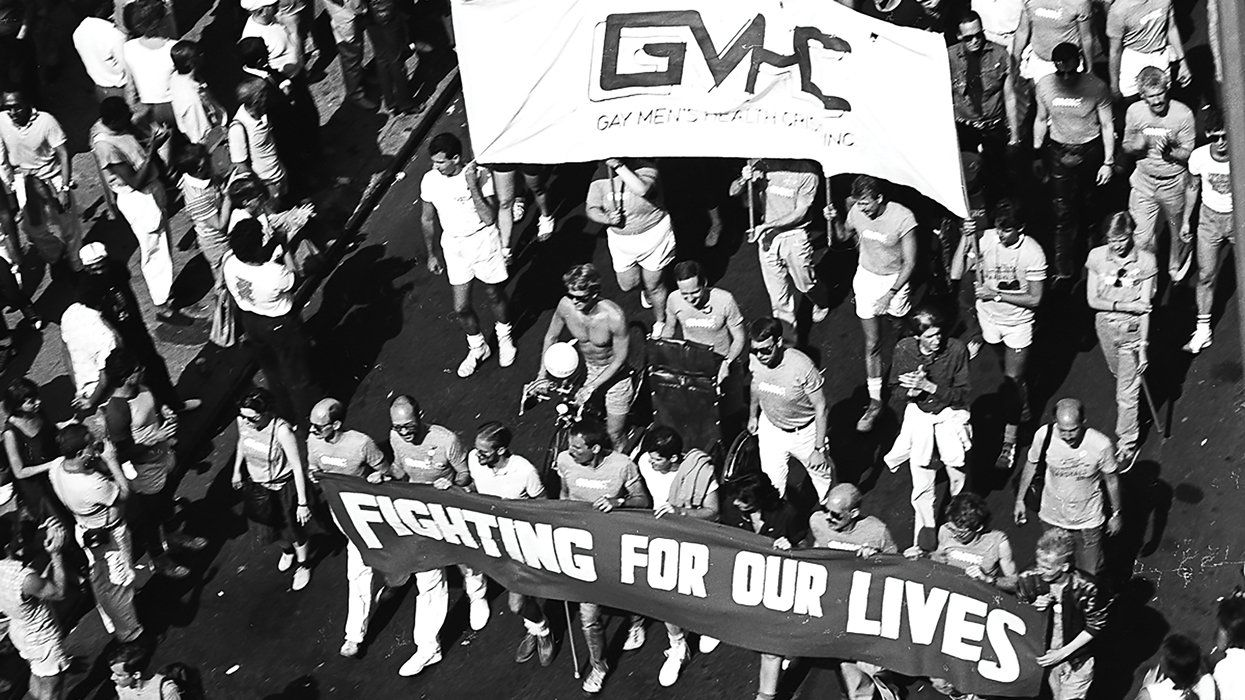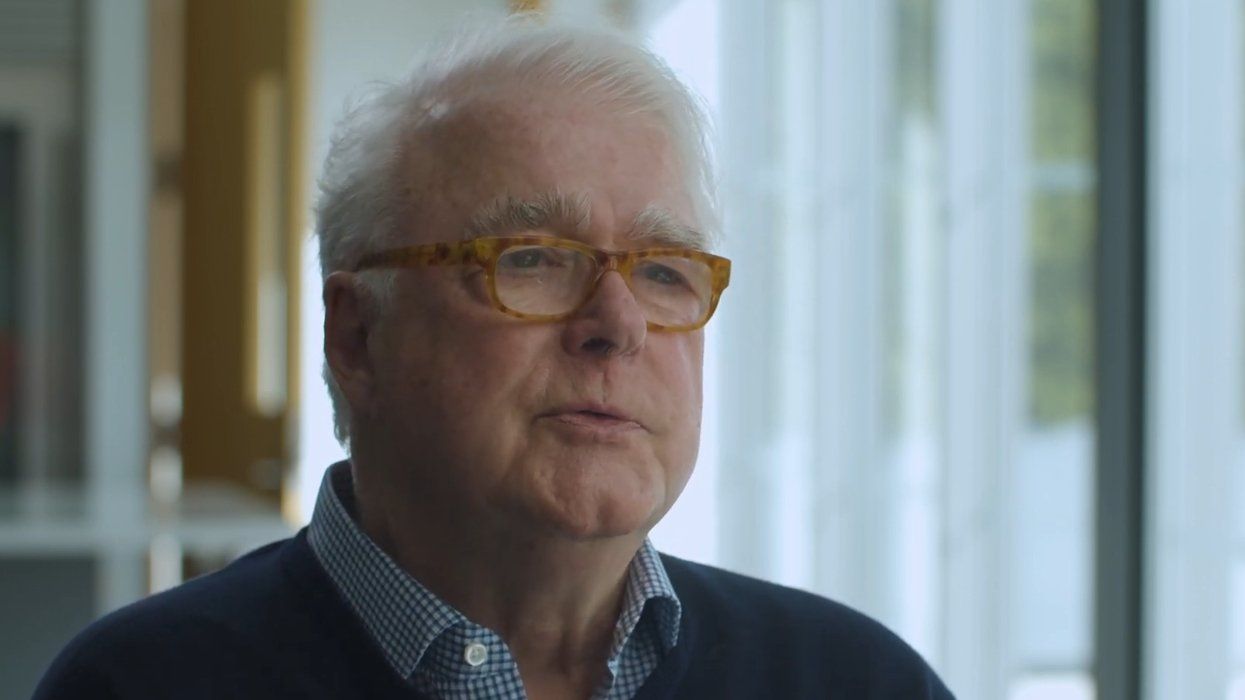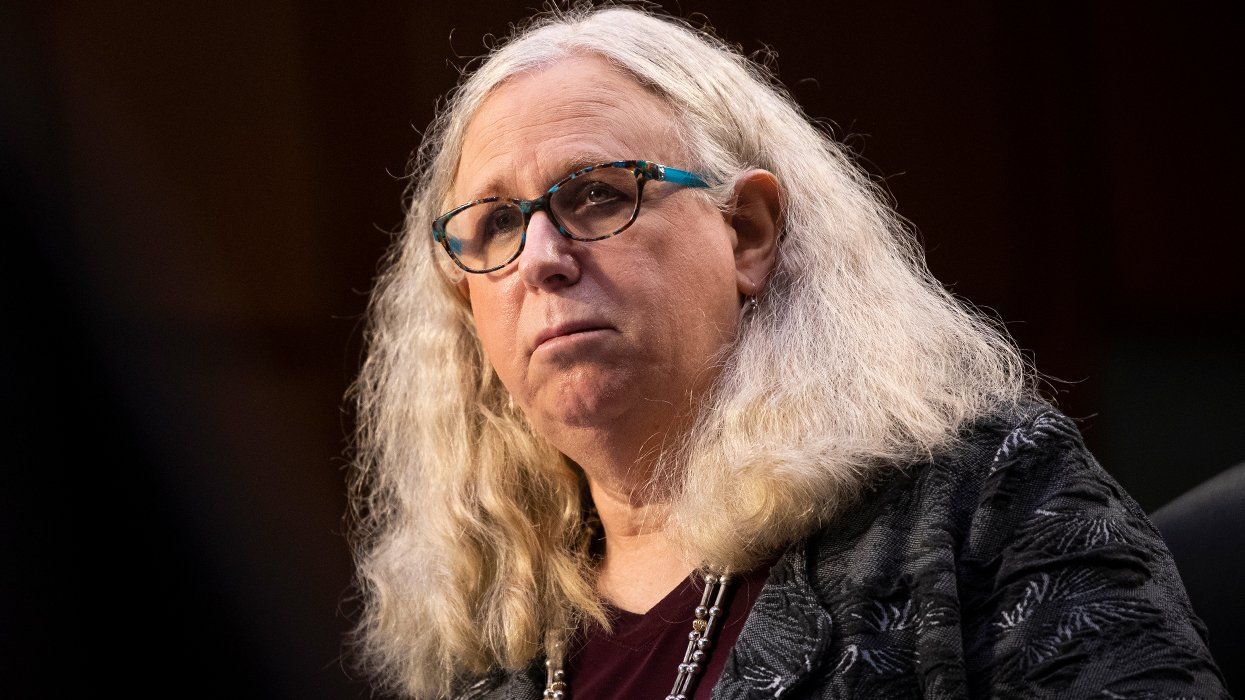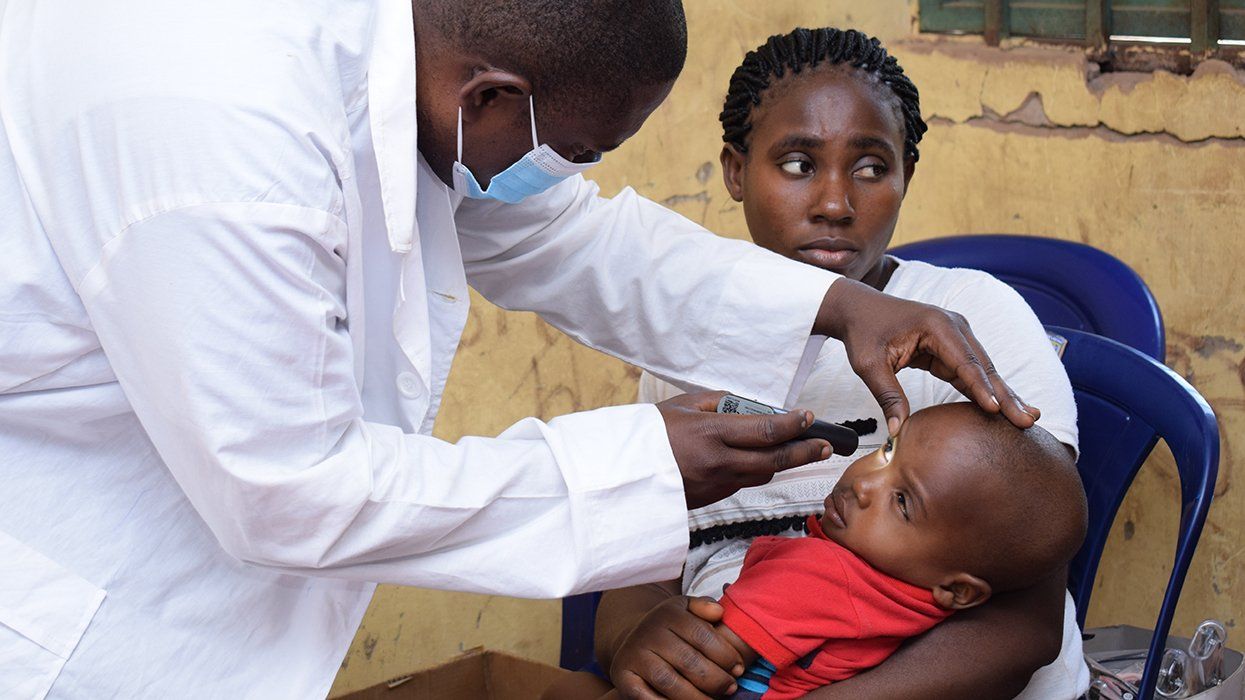Jake Sobo (not his real name) is a blogger. He’s gay. He’s unapologetic about being a bottom. He’s also been using Truvada, an anti-HIV drug, to prevent becoming infected for a year. The intervention is called pre-exposure prophylaxis, or PrEP.
“I started taking PrEP because I didn’t use condoms every time and because I knew my odds of getting HIV were eventually going to approach 100 percent,” Sobo said. “Let’s face it, in some gay urban enclaves, one in four gay men have HIV and about 50 percent can expect to get it by the time they’re 50. I’m a bottom, which means I’m at a particularly increased risk. PrEP was my way of taking control of my sexual health. I’m so grateful that this technology exists to help keep me negative.”
Despite the intervention being approved by the Food and Drug Administration, Sobo finds himself targeted with recriminations on his various blog posts and reposts – and by allies and friends.
“Even some allies of mine have come dangerously close to shaming me for my sexual proclivities,” Sobo tells us in an email interview. “We can barely help ourselves from trying to make people feel bad about the sex they have. Having sex behind closed doors is okay — as long as you don’t talk about it publicly, for Pete’s sake!”
Sobo’s experience represents the need for a re-imagination of HIV prevention messages and tools. An evolution which finds itself being fought on various fronts, with experts falling back on condoms-only prevention messages, despite evidence that condoms do not work as well as other risk reduction techniques to prevent new HIV infections.
And even as the debate rages, HIV among men who have sex with men (MSMs) – including gay, bisexual, and straight-identified but homosexually active men, as well transgender women (who are not tracked as a separate risk category) – continues to spread.
“Unconscionable” Rates and Prevalence
Michigan has made strides to reverse increasing infections in women and intravenous drug users (IVDUs) over the past decade, but the risk category of MSMs continue to represent the single largest group of people represented in new infections annually. And statistical models show a trend AIDS service organization leaders in Michigan have called “staggering.”
In February, BTL reported on statistics presented by Greg Millett, an employee of the Centers for Disease Control in Atlanta assigned to the White House Office of National AIDS Policy (ONAP). Millet reported in a session on HIV during the National Gay and Lesbian Task Force Creating Change Conference in Atlanta, that the current cohort of men who have sex with men who are currently age 20 have a 10 percent overall HIV prevalence rate, and it’s 20 percent in black men who have sex with men. At current transmission rates, half of all men who have sex with men in that cohort will be infected in 30 years, 70 percent of black men who have sex with men will be infected.
Despite years of indoctrination that HIV is the result of promiscuity, Millett also noted that 68 percent of new infections are occurring in the context of primary sexual relationships — that’s boyfriends and friends with benefits in non-science parlance — among men who have sex with men.
The reason?
Men who have sex with men are not availing themselves of HIV testing nearly as often as they need to, resulting in accidental transmissions as a result of not knowing one’s HIV status. In fact, a new National Institutes of Health study reports that half of people infected will go on to infect at least one other person in the year following their infection – most often before the person is even aware they are infected. Another NIH study reported a person who was unaware of his or her HIV infection was 3.5 times more likely to transmit the virus to another person.
Underscoring those findings, a CDC study in 2010 involving 21 U.S. cities, including Detroit, found that one in five gay/bisexual men who attend bars and nightclubs was infected with HIV. Of those who were infected, 44 percent were unaware of their infection. National studies estimate that 20 percent of people infected with HIV are unaware of their infection.
Over half of cases in Michigan are in men who have sex with men. In addition, many of the new cases of HIV are being reported in young men who have sex with men — between 13 and 24. For instance, in Ingham County, which has the highest prevalence of HIV in Michigan outside of Detroit, one in five persons living with HIV who are aware of their infection is in that age group. Six percent of them at 13-19 and 14 percent are between 20 and 24.
 Jane DuFrane, manager of the HIV AIDS Prevention and Intervention Section (HAPIS) at the Michigan Department of Community Health, says the state is “in line” with the national trends, and witnessing more cases of new HIV infections in 13-24 year old MSM, particularly black MSM.
Jane DuFrane, manager of the HIV AIDS Prevention and Intervention Section (HAPIS) at the Michigan Department of Community Health, says the state is “in line” with the national trends, and witnessing more cases of new HIV infections in 13-24 year old MSM, particularly black MSM.
“Forty-six percent of new diagnosis between 2006 and 2010 [were black MSM],” she says.
On top of these numbers comes the unstable stream of HIV funding in Michigan, as BTL reported last week. Complicating the funding woes is a prevention paradigm pushed down by the CDC. Under this funding formula, 75 percent of federal prevention dollars (the only source of prevention funding in Michigan’s budget) must be spent on programming targeting those persons who know they are infected with HIV. The programming is called prevention for positives and was pushed as a federal program in 2001. That leaves only 25 percent of federal prevention dollars to reach high-risk groups who are not infected or who don’t know their status — a significant majority of which are men who have sex with men.
“Funders think Tom Hanks [from the film Philadelphia] is not dying anymore,” says Barbara Murray, who retired earlier this year after more than two decades on the front lines of the HIV epidemic at AIDS Partnership Michigan. “Funders have never been good at supporting prevention programs of any kind.”
Condoms, Condoms, Condoms
The thin latex barrier has undergone a dramatic transformation since the '70s when it was purely a pregnancy prevention tool for heterosexuals to the sexed up safety device of the '90s. And with that transformation has come a growing mythology.
On Nov. 27, the CDC released a new report on condomless sex activity among men who have sex with men. The report was part of the agency’s Morbidity and Mortality Weekly Report, a national, weekly newsletter reporting on the latest disease outbreaks in the U.S.
“The report also provides an analysis of sexual risk over time, finding that the percentage of MSM reporting unprotected anal sex at least once during the past 12 months grew to 57 percent in 2011 from 48 percent in 2005,” the CDC reported in a press release. The CDC report was breathlessly reported by The New York Times, dutifully claiming the report was spurring fears of more new HIV infections.
What The New York Times report missed, however, was the additional findings related to condomless sex and HIV.
“The dramatic reductions in risk among those accurately aware of their status underscore the value of testing, however, 33 percent of MSM overall reported not being tested within the past 12 months. The data suggest that some men may benefit from more frequent testing,” the CDC reports. “Among those tested within the past 12 months, 5 percent of men who reported being negative or not knowing their status were found to be positive as they were tested as part of the survey. The percentage of men who did not accurately know their status dropped depending on how recently they were tested. Among those who had tested negative seven to 12 months earlier, 7 percent were found to be infected at the time of the survey, compared with 4 percent among those tested in the past three months.”
The study found 13 percent of MSM living with HIV who were aware of their infection reported condomless sex in the same time frame.
This is not the first time reports have found nearly half or more of men who have sex with men reported unprotected anal intercourse. The first study dates back as early as 1988. Recently, a study found that half of MSM using Grindr to hook up, had engaged in condomless sex.
As science has expanded, offering insights into new prevention and risk reduction tools, the condoms-only mythology remains, and is stubbornly supported by public health officials.
 “We will not be getting away from the condom message,” says Angela Minicuci, spokesperson for Michigan Department of Community Health. “We are the state health department. Condoms are not only an effective tool against HIV, but they prevent STDs in general. And as the state health department we are funded by our partners on the federal level to promote that message. So we aren’t moving away from it. It’s not something we are going to be shying away from or changing anytime soon.”
“We will not be getting away from the condom message,” says Angela Minicuci, spokesperson for Michigan Department of Community Health. “We are the state health department. Condoms are not only an effective tool against HIV, but they prevent STDs in general. And as the state health department we are funded by our partners on the federal level to promote that message. So we aren’t moving away from it. It’s not something we are going to be shying away from or changing anytime soon.”
DuFrane, who leads Michigan’s HIV response, says that test counselors are empowered to discuss other risk reduction options with clients in post-test counseling. Her response, however, was hesitant and unclear as to exactly what options are promoted in post-test counseling. She never referred directly to interventions such as sero-positioning and top-only, relying instead on referring to individual “options.” We asked her if she was uncomfortable talking about other interventions, and she shifted uncomfortably in her seat.
Karen MacMaster, manager of the HIV/STD/VH/TB Epidemiology Section, quickly stepped into the conversation.
“The science is exciting. It’s evolving science. I think as we see repeated studies illustrating this they will become more comfortable responding to those questions,” MacMaster said of risk reduction options such as top-only and sero-positioning. (See "Condoms Aren't The Only Answer" for definitions of other risk reduction options.)
While behavioral risk reduction activities were difficult to discuss, DuFrane did discuss PrEP – the use of the anti-HIV drug Truvada Jake Sobo the blogger is taking.
“We’ve had internal discussions, we’ve had background discussions. We’re interested in the science and the outcomes,” DuFrane said of the intervention that has been approved by the FDA for all high-risk groups in the U.S., including MSM, IVDUs and women who have HIV-positive partners. “I think it’s an exciting possibility for the future.”
But the future is already here. Wayne State University is participating in a study among MSM ages 18-23 to evaluate PrEP and has recently announced plans to open a clinic to provide the drug to at-risk MSM in that same age category. Michigan's Dept. of Community Health officials said they were aware of the programs, but were not participating.
If history serves as a guide to how the state will respond, it took the department nearly two years to approve statewide guidance on the application of non-occupational post-exposure prophylaxis (n-PEP). That’s the use of a 28-day course of anti-HIV drugs to prevent infection after an exposure. It must be administered within 72 hours of the exposure, or it has no effect. And the nearly two-year delay came only after it was pointed out to health officials that n-PEP had been approved by the FDA and CDC since at least 2005. Writing and issuing PrEP guidance could take as long, or longer.
Even once implemented, DuFrane notes, the state is limited in implementing chemo-prophylaxis protocols. The state can use federal funds to build the capacity of service providers to deliver things like PrEP and n-PEP, however, it cannot offer the actual drugs using federal dollars.
And at the end of the day, funding is always an issue. As Minicuci and other state health officials have acknowledged, HIV prevention funding is simply too restricted to venture into risk reduction tools and programs beyond condoms.
That doesn’t mean the LGBT community doesn’t need to “take responsibility,” for having the difficult conversations about HIV prevention options, says Emily Dievendorf, managing director of Equality Michigan.
“I’m sure it will be difficult and uncomfortable for people that don’t want to deal with the fact that a lot of these things aren’t working. I think that a lot of us would like to think there is a solution that if we give it to people and they would just adopt it, we would resolve the problem. But that’s not the case,” she says.
“If the information that we have been spreading for the purposes of prevention and protection is limited and limiting,” she says, “then we put everything that needs to be out there out on the table.”
Want to know about the other HIV prevention options available? Read our article, "Condoms Aren't The Only Answer" here.
This article originally appeared in the print and online editions of Between the Lines, Michigan's LGBT newsweekly and available at Pridesource.com.

 Jane DuFrane, manager of the HIV AIDS Prevention and Intervention Section (HAPIS) at the Michigan Department of Community Health, says the state is “in line” with the national trends, and witnessing more cases of new HIV infections in 13-24 year old MSM, particularly black MSM.
Jane DuFrane, manager of the HIV AIDS Prevention and Intervention Section (HAPIS) at the Michigan Department of Community Health, says the state is “in line” with the national trends, and witnessing more cases of new HIV infections in 13-24 year old MSM, particularly black MSM. “We will not be getting away from the condom message,” says Angela Minicuci, spokesperson for Michigan Department of Community Health. “We are the state health department. Condoms are not only an effective tool against HIV, but they prevent STDs in general. And as the state health department we are funded by our partners on the federal level to promote that message. So we aren’t moving away from it. It’s not something we are going to be shying away from or changing anytime soon.”
“We will not be getting away from the condom message,” says Angela Minicuci, spokesperson for Michigan Department of Community Health. “We are the state health department. Condoms are not only an effective tool against HIV, but they prevent STDs in general. And as the state health department we are funded by our partners on the federal level to promote that message. So we aren’t moving away from it. It’s not something we are going to be shying away from or changing anytime soon.”




